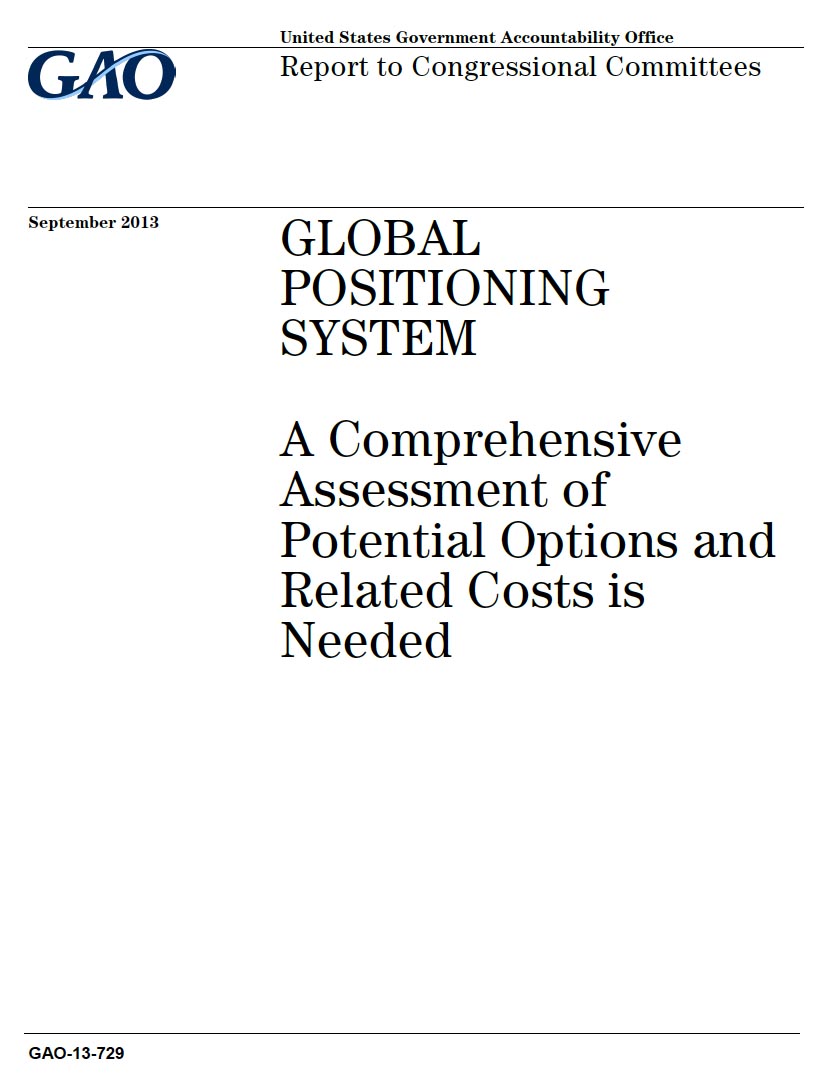Actually, six percent isn’t the solution, it’s the problem — fewer than six percent of high school seniors in the United States plan to pursue degrees and careers in science or engineering.
Actually, six percent isn’t the solution, it’s the problem — fewer than six percent of high school seniors in the United States plan to pursue degrees and careers in science or engineering.
That’s the discouraging fact of American life discovered in a recent study by the Aerospace Industries Association (AIA) — and taken on by the Institute of Navigation (ION) with its sponsorship of the Mini-Urban Challenge. (More about that in a moment.)
I am, for the purposes of this editorial, Mr. Bad Example. That is, despite having been raised on the Space Race, the lunar missions, and the electronics revolution, I ducked out of physics lab when I saw the door marked “Liberal Arts.” (Changing a vacuum tube was a snap; with binary code and gate arrays I was a bull in the labyrinth.)
For those sins of omission in my misspent youth, I drew a 20-years-to-life sentence on the GNSS beat.
But a lot of us may have missed the deeper implications of the cultural revolution taking place worldwide, which paralleled the shifting economic realities of the last quarter of the 20th century: the movement of manufacturing offshore and its replacement by consumer spending as the engine of the U.S. economy.
It’s hard not to get all huffy about conspicuous consumption, but hasn’t the horsepower per driver and floor-space per homeowner gotten a little out of hand?
The channels per eye and devices per hand?
Is it cyber-fascination or merely distraction? Device infatuation or data overload?
Somehow all those cell phones in the hands of America’s youth on their way to the mall to pick up the latest versions of Wii games and play-stations evokes the image of the Eloi in H. G. Welles’ Time Machine, blissfully oblivious of the technology that sustained their idleness.
We are floating on a sea of technology and yet forgetting how to swim.
If you missed the wonderful cover of the July/August issue of Atlantic magazine — “Is Google Making Us Stoopid?” — be sure to, ah, google it up. I’ll leave it to the academics to debate whether semiotics is replacing semantics, but the Internet has clearly become the most diverting medium of our time.
We may not yet be to the point of lamenting, with 2001: A Space Odyysey’s supercomputer HAL, “Dave, my mind is going. I can feel it. I can feel it.” But something’s going on, and probably neither Mr. Jones nor I know exactly what it is.
This is by no means another example of American exceptionalism. Undoubtedly, the rapid — if uneven — rise in the economic fortunes of nations such as China and India will have its share of youngsters blinded by the bright lights of Shanghai and Mumbai.
In any case, though, the AIA’s survey made it clear that something big, something complex, has driven enthusiasm for science and engineering out of the minds of U.S. secondary students.
We will, one day, get over the irony of an administration that was going to leave no child behind having left so many underfunded schools behind. Yet we are, hopefully, leaving that behind, too, and will have in the coming year an administration led by a U.S. president committed to investing in education as part of a broader investment in the nation’s infrastructure.
In the meantime, we have ION and a couple of young second lieutenants — Casey Miller and Caroline New — at the Air Force Research Laboratory to thank for one antidote to this malaise. They have taken on the challenge of rekindling scientific curiosity and engineering creativity with a project inspired by the DARPA Grand Challenge automated car race and the ION’s own Robotic Lawn Mower Competition.
Only where those latter events are focused on college and post-graduate students, the Mini-Urban Challenge seeks to get kids hooked early with Legos and the Danish company’s Mindstorms NXT module. Details can be found at ION’ website <http://www.ion.org/outreach/muc>, where corporate sponsors are still welcome to sign up.
Maybe it’s time to click on through to the other side.
Glen Gibbons is the editor and publisher of Inside GNSS. He has a couple of liberal arts degrees.





